Scientists recovered shipwreck with bottles on champagne on the board.
When scientists recovered shipwreck after it spent 170 years at the bottom of the sea, they noticed that around it was very specific smell of goat and overly ripe cheese. And of course, champagne. Apparently, bottles of this delicious stuff were recovered from the same ship and it does have a cheesy aroma, married with animal notes.

A diver takes out bottles of about 200-year-old champagne in July 2010, southeast of Mariehamn, on the southwestern Finnnish Aaland Islands, after 70 bottles of what is believed to be the world’s oldest bubbly were discovered in a shipwreck, at a depth of fifty meters. source
After some time, scientists discovered that this champagne was sweeter than products we can get today. After the lab tests finished, the scientists also found out that seabed offers ideal preservation conditions for champagne and provided us with an interesting peek into the history of 19th century.

Original cork from champagne, source
The bottles were discovered back in 2010 along with the shipwreck, at the bottom of the Baltic Sea, south-east from Mariehamn, Åland Islands. Whole cargo consisted from 5 bottles of beer and 168 bottles of champagne. Labels didn’t survive the effect of salt water, but researchers managed to track the bottles to original owners based on brandings left on corks. The owner was Veuve Clicquot Ponsardin, Heidsieck and Juglar.
Apparently, the champagne tasted pretty good. It was extremely sweet and scientists think that it is because they used grape syrup when they were making it. Today, there are couple of champagnes without any sugar, but the most popular one, has around 10 grams per liter added to it. But recovered champagne had 140 grams of sugar per liter.
This scientists thought that this champagne was supposed to go to Russia, but according to history, Russians liked even sweeter wine, with a whooping 300 grams of sugar per liter. So instead, they assumed it was made for German market, where consumers enjoyed moderately sweet wine.
[sc:ad-text]
After the sensory analysis turned out to be failure and scientists described the taste as “cheesy with notes of wet hair and animals”. But after a few moments and couple of swirls to oxygenate, the samples became spicy, smoky and fruity.
The reason, why the champagne was so well preserved is because that the seafloor presented ideal conditions, which were consistent: temperatures of 2-4oC and darkness. Researchers will try to take samples every few years and compare those with stored bottles to investigate how pressure and temperature affects wine.
source: iflscience.com
[sc:end t=”What Does 170-Year-Old Champagne Taste Like? “]

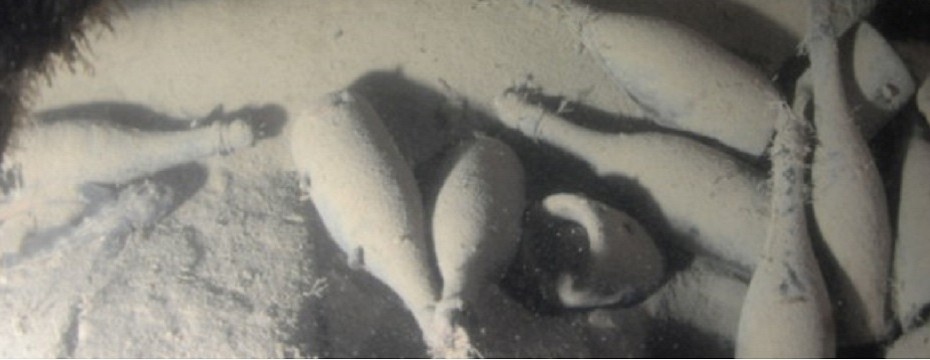
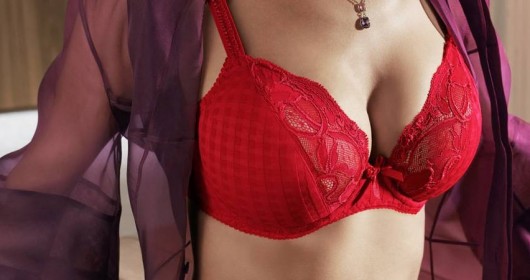
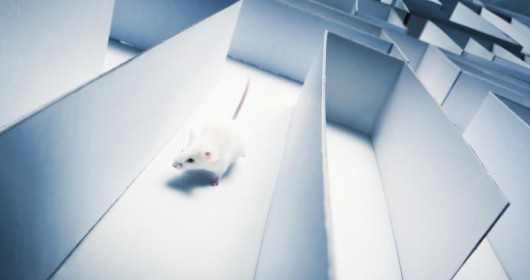

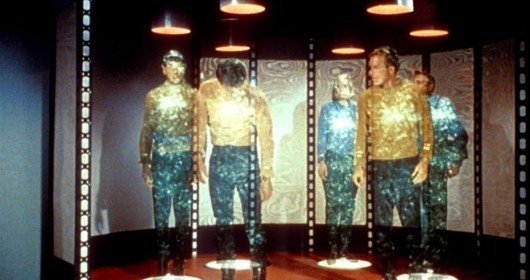
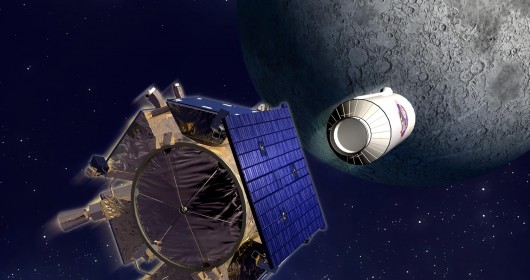

Leave a Reply